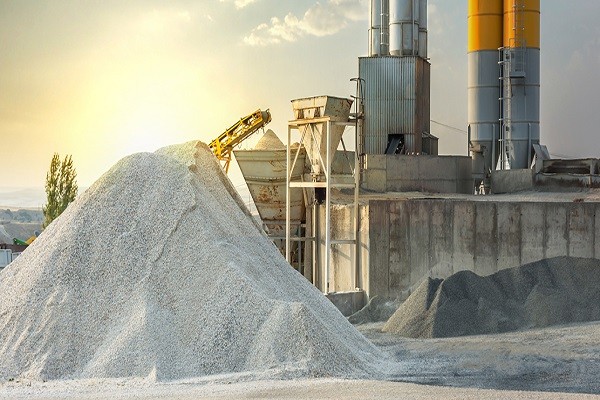The global cement sector in developing countries faces urgent calls for innovation and policy changes to address its significant contributions to climate-warming emissions, according to Reuters.
This industry, often labeled as “hard to abate,” emits substantial carbon dioxide (CO2) primarily from the combustion of coal in kilns and the conversion of limestone into clinker.
It ranks as the fourth largest CO2 emitter globally, trailing only China, the United States, and India. Despite its prominence, mature and cost-competitive decarbonisation solutions remain elusive.
While the sector currently accounts for approximately 6 per cent of global CO2 emissions, projections suggest that demand-driven production increases in developing countries could lead to a potential rise of up to 17 per cent by 2050. This underscores the critical need to make clean and efficient technologies accessible beyond the Organisation for Economic Co-operation and Development (OECD) and China.
Efforts to date, including efficiency enhancements, fuel substitution, and process optimisations, have yielded some progress but are insufficient to achieve the necessary emission reductions.
Ongoing developments in carbon capture, hydrogen utilisation, and electric kilns offer promise, alongside initiatives exploring alternative materials like mine slag, tailings, or clay to produce less carbon-intensive building materials.
With production shifting significantly to regions such as Africa, there’s an opportunity to deploy innovative production methods from inception rather than retrofitting outdated facilities. However, widespread adoption hinges on substantial investment and policy backing.
Ian Riley, CEO of the World Cement Association, acknowledges the long road to achieving “zero emissions,” citing the underdevelopment of technologies like carbon capture and the lack of competitiveness of new low-carbon building materials.
He emphasises immediate gains achievable through the use of alternative fuels.
Addressing emissions in the cement sector necessitates a multifaceted approach involving immediate actions such as fuel substitution alongside ongoing innovation and technological advancement to ensure sustainable progress towards decarbonisation.


